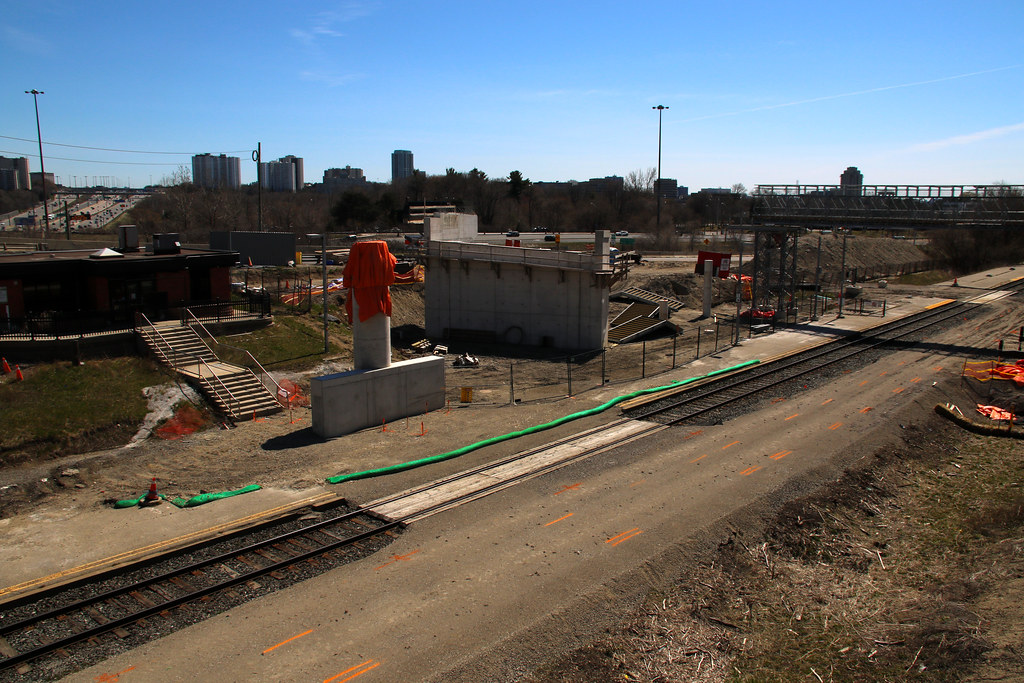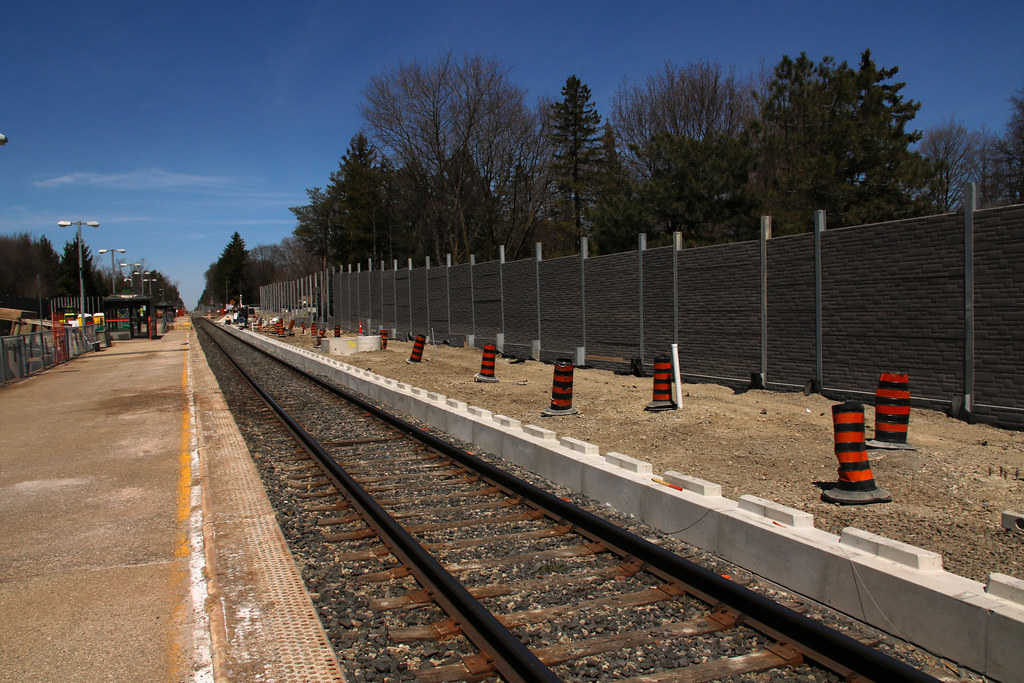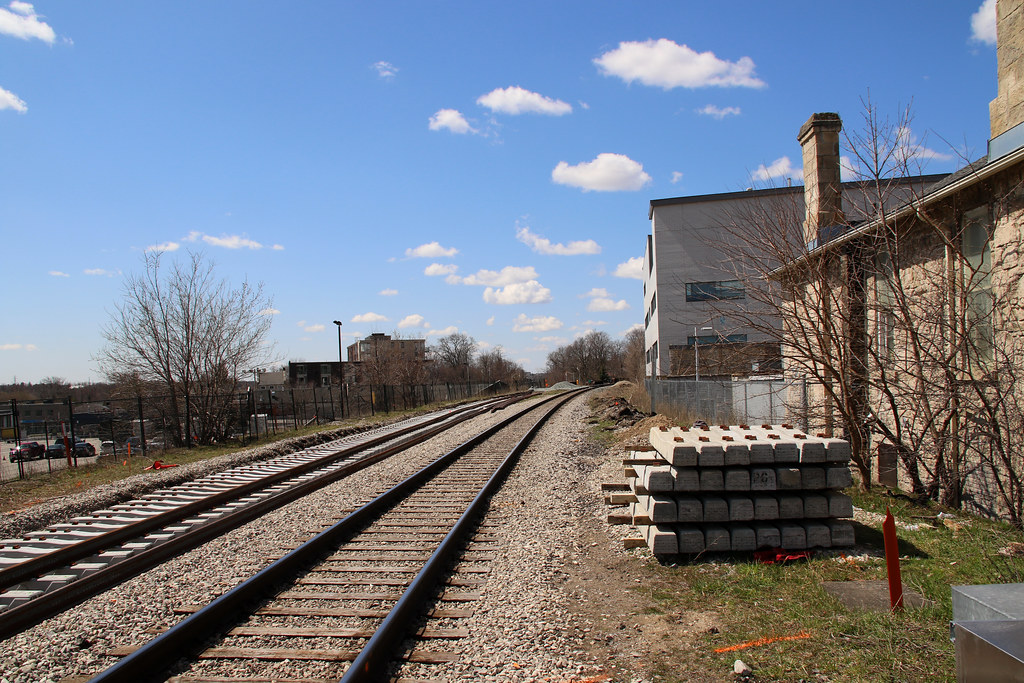Great pictures as always! Quick question about Oriole. Why add a second track? I know the 2019 Provincial Budget mentioned better using the RH line, is this part of that?
There are no plans at this point to add a second track at Oriole.
There may be a track shift necessary due to the construction overhead, but I also thought that they'd done away with that plan.
Hmm. That was a very interesting insight. And yeah that's what I figured in terms of coming down to the bid. I guess as an example, that's why the EU blocked Alstom and Siemens from merging last year due to fears of price gauging.
And the Siemens-Bombardier merger several years before that. Several years ago, merging any two of the "big three" would have been unthinkable.
That is, until the rise of a number of the smaller companies into more major organizations taking bigger pieces of the pie - Hitachi, Stadler and CAF in particular, although not exclusively. They're still nowhere as big as the big three, but all are gaining quickly.
(There is also the claim of wanting to ward off the monstrocity that is CRRC, but the reality is that they just have not really been a major player in Europe, or even outside of a very select key markets.)
It would be interesting to see how Metrolinx further transforms their network as they proceed to enhanced train control and electrification. I wonder what are the compatibility issues with existing CTC equipment. For example I have seen that there may be conflicts with at grade crossing that use a DC coded track circuit since electrification requires a return DC through the rail. I'm not sure if this is applicable to the Metrolinx network.
There are definitely concerns with the network as it stands today, although as crs1026 also correctly pointed out, a lot of it is in good shape. A substantial portion of the corridors that GO owns have had their signalling upgraded over the past 10+ years, and those that haven't yet are slated to soon.
Keep in mind too, that Metrolinx has a program to close off just about all of the corridors under their control, and eliminate as-many-to-all level crossings as it can. That will greatly simplify the signalling situation.
To be frank, though, one thing that I am most concerned about are some of the bright sparks within Metrolinx with zero outside experience with railways. CBTC keeps getting thrown around, but the fact of the matter is that there has simply been no installation in an operating environment such as GO's, and frankly the headways that are envisioned - even some distance into the future - are very possible with existing equipment and installations.
I've been trying to research if most crossings, signals, and interlockings use a data radio to transmit information to each adjacent location. And ultimately to dispatch. So far I have found this is done through an ATCS radio but I'm not entirely sure.
ATCS is the standard by which encoded radio signals are used, yes. And while it does have a lot of advantages regarding cost, it is also a bit of an antiquated technology in some regards, and so several of the recent installations have been via fibre. ATCS has been used in a number of locations as a temporary installation prior to the installation of the fibre and its interfaces.
(Apparently there is a bit of a latency with ATCS installations which can be concerning in a high-frequency corridor, but there really isn't anything in Toronto - yet - where that is a problem.)
There is a very good online group that crs1026 happens to be a part of (and dare I say, is one of the leaders of?) regarding ATCS installations around North America. While it is a former group, it does provide a lot of technical information as well. You may want to check it out.
Dan
















































